Originally published on Hubpages.com 12/16/2011. Since this was first published, we have been back to Mae Sot a couple of times to visit my nephew, who is now working in one of the Burmese camps nearby. It has been changed a bit and updated with a little more information. Some of the students in the photos have since moved back to Myanmar.
When most people think of Thailand, they think of white, sandy beaches and large international resorts. There is a lot more to Thailand to see if you get off the well-beaten tourist trails. Six hours south of Chiang Mai is the sleepy border town of Mae Sot. Up until now, it has been one of several well-known destinations for those that seek a quick visa run to renew papers to stay in Thailand. For the first time in a long time, starting this week, Thai citizens and other foreign tourists will be allowed to cross into Myanmar and stay for up to 28 days. How this will affect the town of Mae Sot is yet to be seen.
The Green Bus line has a couple of buses leaving daily from the Arcade Bus Station in Chiangmai. Currently, both buses leave around lunchtime, one just before and one after. You can always check the up-to-date bus schedules here. The trip takes about six hours and winds its way through some spectacular scenery along the last part of the route. You not only get to see the surrounding countryside but also some first-hand views of Thai life outside the cities as you ride along. Taking this bus ride, staying in Mae Sot, and visiting the schools and the area was definitely a highlight of one of our first trips to Thailand.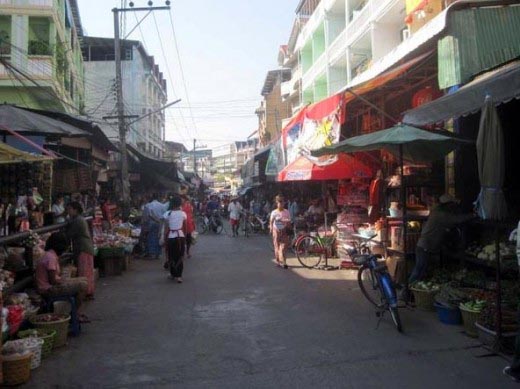
Mae Sot is probably not a place that anybody would visit unless it was on the way to somewhere else! The only drawing card for us was the fact that my nephew has lived there part-time and full-time for several years. He used to teach at one of the local Burmese schools and he is currently working in one of the three major Burmese settlements outside of Mae Sot. It is estimated that there are more than 200,000 Burmese living in and around the town. This population is a combination of refugees and migrant workers (legal and illegal) just scraping by on a daily basis. It is this Burmese influence that makes for a fascinating visit. Because of the nature of the population, and its proximity to the border, the other main segment of the population are all the NGO workers, who have made this their home for the short-term or the long-term. All the major aid organizations have a presence in Mae Sot, and the large expat population is involved in all aspects of these groups from education to health-care to numerous resettlement projects.
As you walk around town, or frequent the local bars, you will overhear many conversations of all the activities these expats are involved with. They are an interesting group to mingle with, especially if you are at all curious about the ongoing situation within Myanmar. It is not that difficult to visit the schools in the area but entering any of the camps outside of town is very difficult and requires special permits.
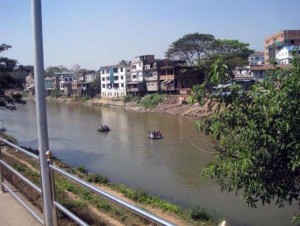 Mae Sot is the location where Asian Highway AH1 links between Thailand and Burma; thus it is one of the most important gateways to Burma. The Thai-Myanmar Friendship Bridge crossing the Moei River was constructed in 1997 completing the link between the two countries. Legal border crossings take place on the bridge. On either side of the bridge all day, rubber inner tubes carry Burmese back and forth illegally under the watchful eyes of the border police. It cannot be really be considered smuggling; it is totally out in the open! A lot of bribery and corruption is involved that results in the daily flow of goods and workers back and forth across the river. For the most part, nobody seems too concerned about it all. Many Burmese cross to work in Mae Sot by day and return home at night.
Mae Sot is the location where Asian Highway AH1 links between Thailand and Burma; thus it is one of the most important gateways to Burma. The Thai-Myanmar Friendship Bridge crossing the Moei River was constructed in 1997 completing the link between the two countries. Legal border crossings take place on the bridge. On either side of the bridge all day, rubber inner tubes carry Burmese back and forth illegally under the watchful eyes of the border police. It cannot be really be considered smuggling; it is totally out in the open! A lot of bribery and corruption is involved that results in the daily flow of goods and workers back and forth across the river. For the most part, nobody seems too concerned about it all. Many Burmese cross to work in Mae Sot by day and return home at night.
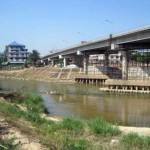 The bridge and/or the river are very easy to reach by scooter or bicycle within a half-hour of most places in town. It was interesting to peer across the water to nearby Myanmar. The “smugglers” crossing back and forth are not exactly hidden from view and provide a bit of entertainment to those on the shore watching! Coming from Canada, where the US-Canadian border is the site of so many problems, it is thought-provoking to see all this activity in Mae Sot happening under the watchful eyes of the border police with little intervention!
The bridge and/or the river are very easy to reach by scooter or bicycle within a half-hour of most places in town. It was interesting to peer across the water to nearby Myanmar. The “smugglers” crossing back and forth are not exactly hidden from view and provide a bit of entertainment to those on the shore watching! Coming from Canada, where the US-Canadian border is the site of so many problems, it is thought-provoking to see all this activity in Mae Sot happening under the watchful eyes of the border police with little intervention!
The city itself is a mixture of Burmese, Thai and Karen peoples and culture. The Karen people are a large ethnic group that represents 7% of the Burmese (Myanmar) population, living in the south and southeast. Since 1949 they have been defending themselves from persecution perpetrated and supported by the Burmese central government. As a result, many have become internally displaced persons within the mountainous regions of their homeland, or have fled across the border into Thailand. Because Mae Sot is one of the major centers located on the Burma-Thai border, there has been a massive influx of refugees and immigrants. This has led to a population that is no longer a Thai majority.
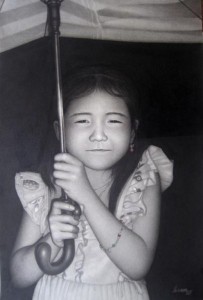 It was very interesting walking around Mae Sot. We drank Burmese coffee, and ate a great mixture of Indian, Burmese and Thai food sprinkled with the odd meal at one of the local western restaurants. There are many beautiful local items for sale in the markets and shops, including some wonderful Burmese arts and crafts in the local galleries. The Borderline Art Gallery is a cafe, art gallery, shop and restaurant that supports the Burmese refugee plight in Thailand. A beautiful shop called Weave is located across the street from Borderline. Both sell fair trade handicraft goods that are made by Burmese refugees on the border.
It was very interesting walking around Mae Sot. We drank Burmese coffee, and ate a great mixture of Indian, Burmese and Thai food sprinkled with the odd meal at one of the local western restaurants. There are many beautiful local items for sale in the markets and shops, including some wonderful Burmese arts and crafts in the local galleries. The Borderline Art Gallery is a cafe, art gallery, shop and restaurant that supports the Burmese refugee plight in Thailand. A beautiful shop called Weave is located across the street from Borderline. Both sell fair trade handicraft goods that are made by Burmese refugees on the border.
Renting a couple of scooters made all the difference in being able to see the area. Tourists in the city seem to be next to non-existent, which is also a refreshing change. One has to admire the work done by the many volunteers and paid workers dealing with the Burmese. It takes a special kind of person to do the work they are doing under the working conditions they are in. Getting around later at night is difficult unless you have your own transportation. Public transport is not exactly an option at that hour and the tuk tuk drivers are fast asleep by then. This place is far from a 24-7 busy metropolis!
Visiting Mae Sot is always an interesting way to spend a couple of days. It will give you some insight to life in a small Thai town with a difference. For the most part, other than watching small news flashes on television over the years, many people know very little about the plight of the people in this small, fairly remote area of the world.
Places to stay
Picture Book Guesthouse – great little boutique hotel and you know you will be supporting a good cause at the same time!
The Picturebook Guesthouse is a social enterprise created by Youth Connect They are a sustainable business created in response to the growing need for employment and employability of Mae Sot youth.
“We are a guesthouse with a vision: to provide the best possible services whilst also giving back to the community in which we find ourselves. We hope you enjoy the unique setting we’ve created here, and that you feel inspired by your surroundings!”
Baan Thai Guesthouse – favorite spot for Mae Sot long-termers, free wifi, communal area in a garden-terrace setting. No frills rooms for under 350 baht.
Inn Boutique Hotel – we stayed here the last time we were in Mae Sot because all the recommended places were full. The rooms were clean and the staff was very friendly. There is a large market close-by but the hotel itself is a little far from the main part of town. Free bicycles and a small breakfast are included! You can book a room and check out a few reviews here.
Places to eat
Lucky Tea Shop – a Burmese teashop in the Muslim section of town. Best to get there between 6:00am – 8:00am for a large Burmese breakfast for under 30 baht. Samosas, Burmese tea, lassis, and fresh Naan bread are a few of the more popular items available.
Borderline Cafe, Shop and Gallery -great spot for lunch!
Mai Thai restaurant – freshly made Thai food for inexpensive prices
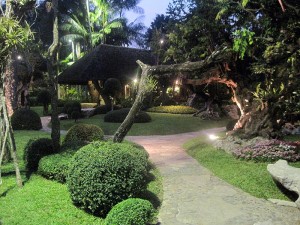 Khao-Mao Khao-Fang Restaurant – If you want to escape the Mae Sot scene for a bit you can check out this restaurant known locally as “the jungle restaurant”.
Khao-Mao Khao-Fang Restaurant – If you want to escape the Mae Sot scene for a bit you can check out this restaurant known locally as “the jungle restaurant”.
“Like dining in a gentrified jungle, this place, designed by a Thai botanist, replaces chandeliers with hanging vines, orchids and lots of running water. It also has one of the more interesting Thai menus you’ll find anywhere, with dishes featuring local ingredients such as fish from the Mae Nam Moei or local herbs and veggies. Try one of the several delicious-sounding yam (Thai-style spicy salads), featuring ingredients ranging from white turmeric to local mushrooms. The restaurant is north of town between the Km 1 and Km 2 markers on the road to Mae Ramat.” Lonely Planet

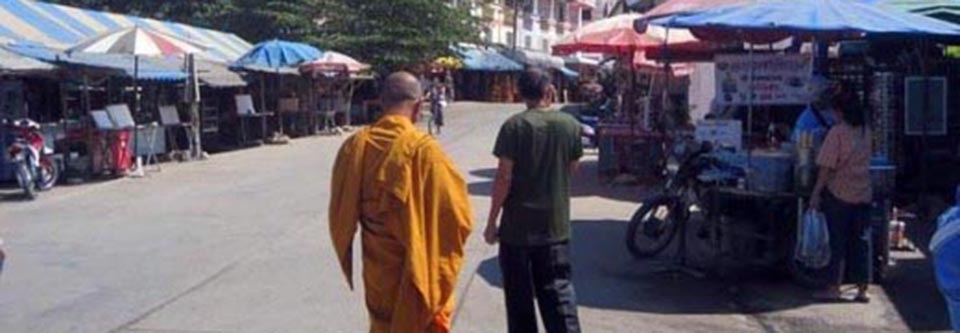
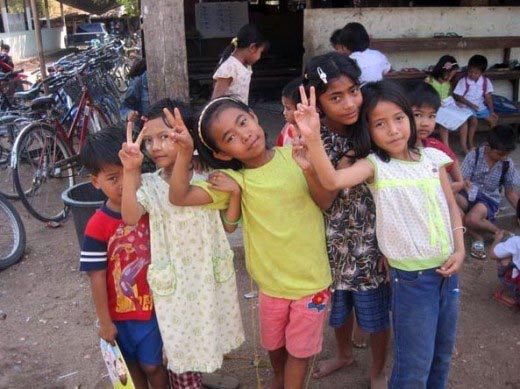
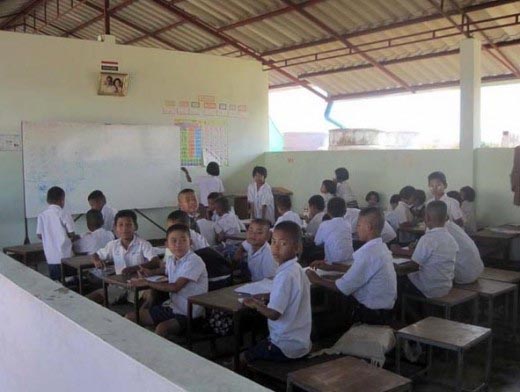
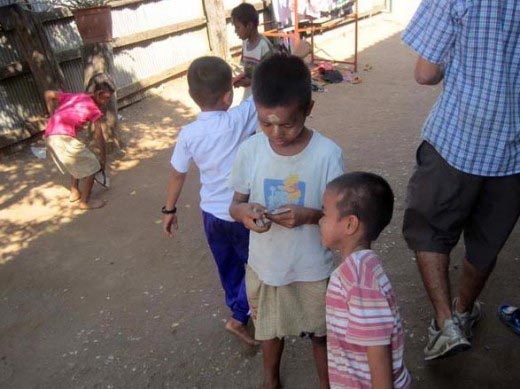
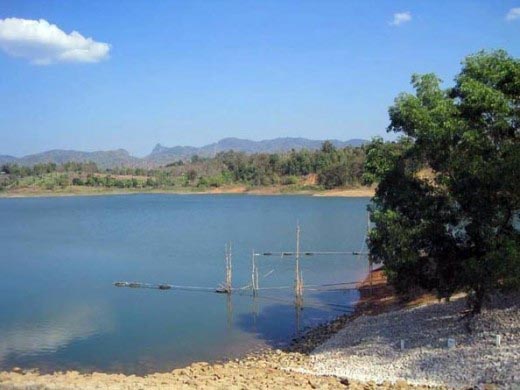
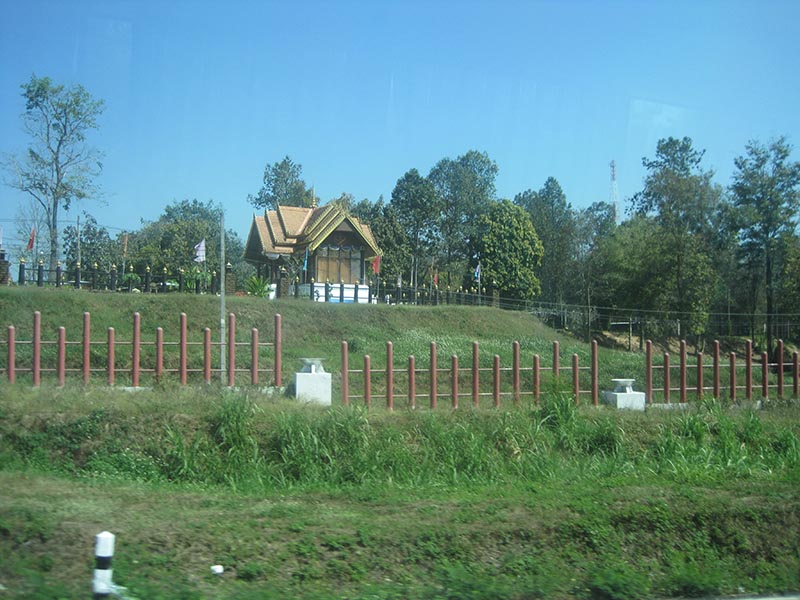
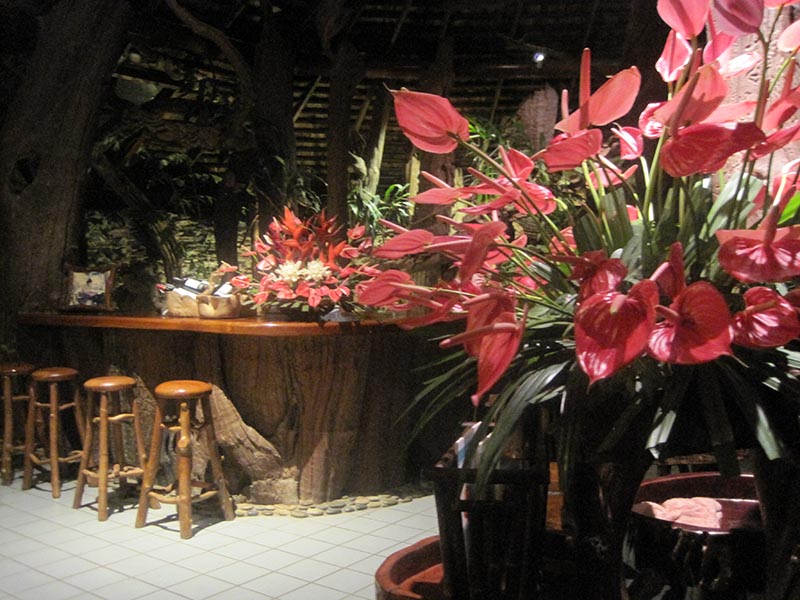
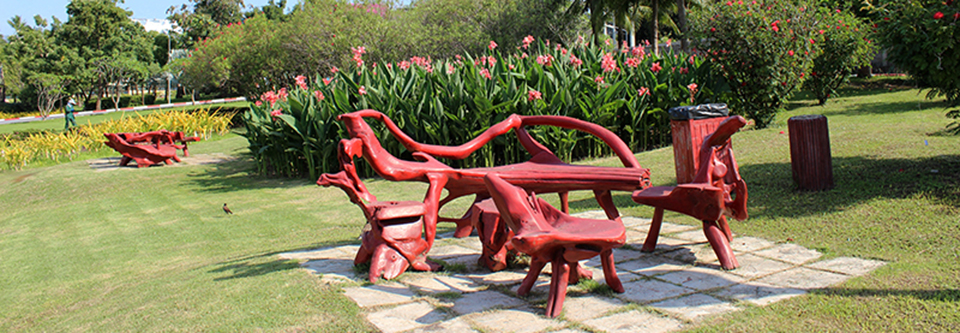
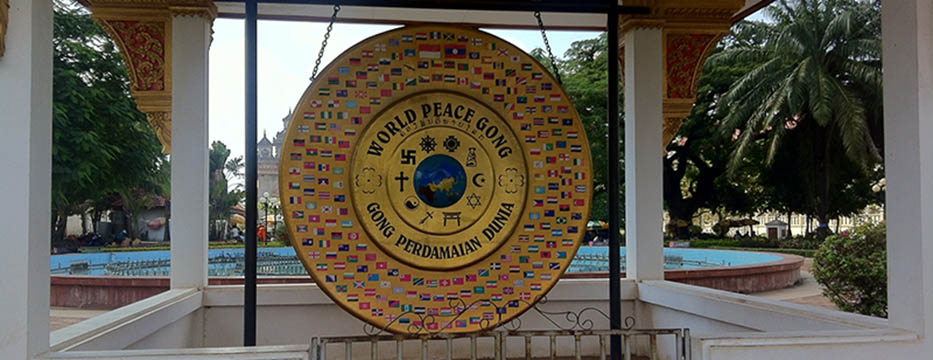

I just love reading your posts, Steve. I doubt if I’ll ever be able to do another Asian trip but if I could, I would surely visit Thailand and you and Nancy! Don’t quit writing, eh?
I find your posts to be very interesting and you are correct in assuming that most people don’t know much about the country other than the beaches. Thanks to your writeups and photos we get to follow you in your explorations. I am off to walk France and Spain in a few weeks but your “Land of Smiles” is very intriguing. A friend who lived there once told me that it very difficult to get beyond the “smiles” ….
Great post. Very interesting.